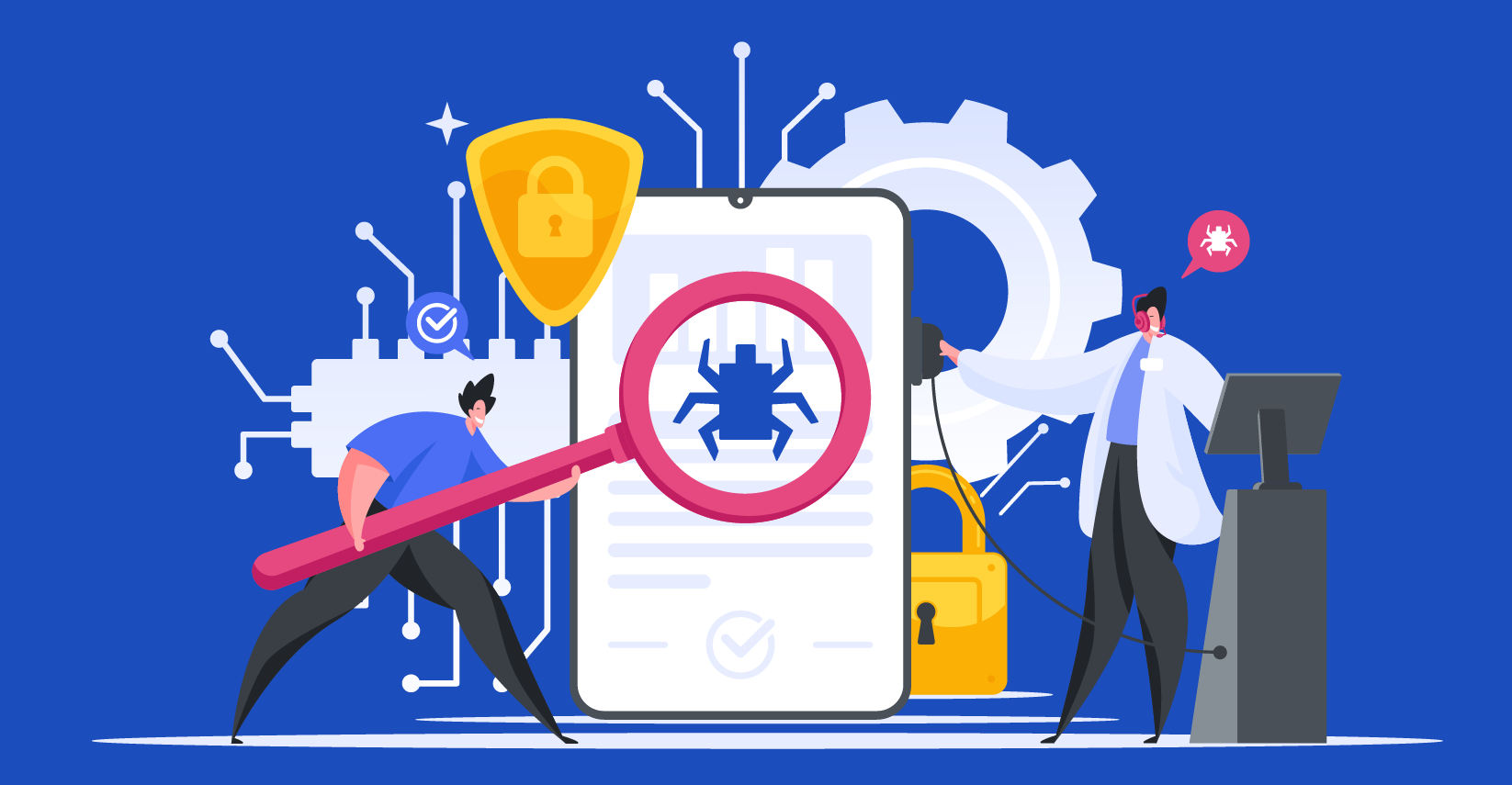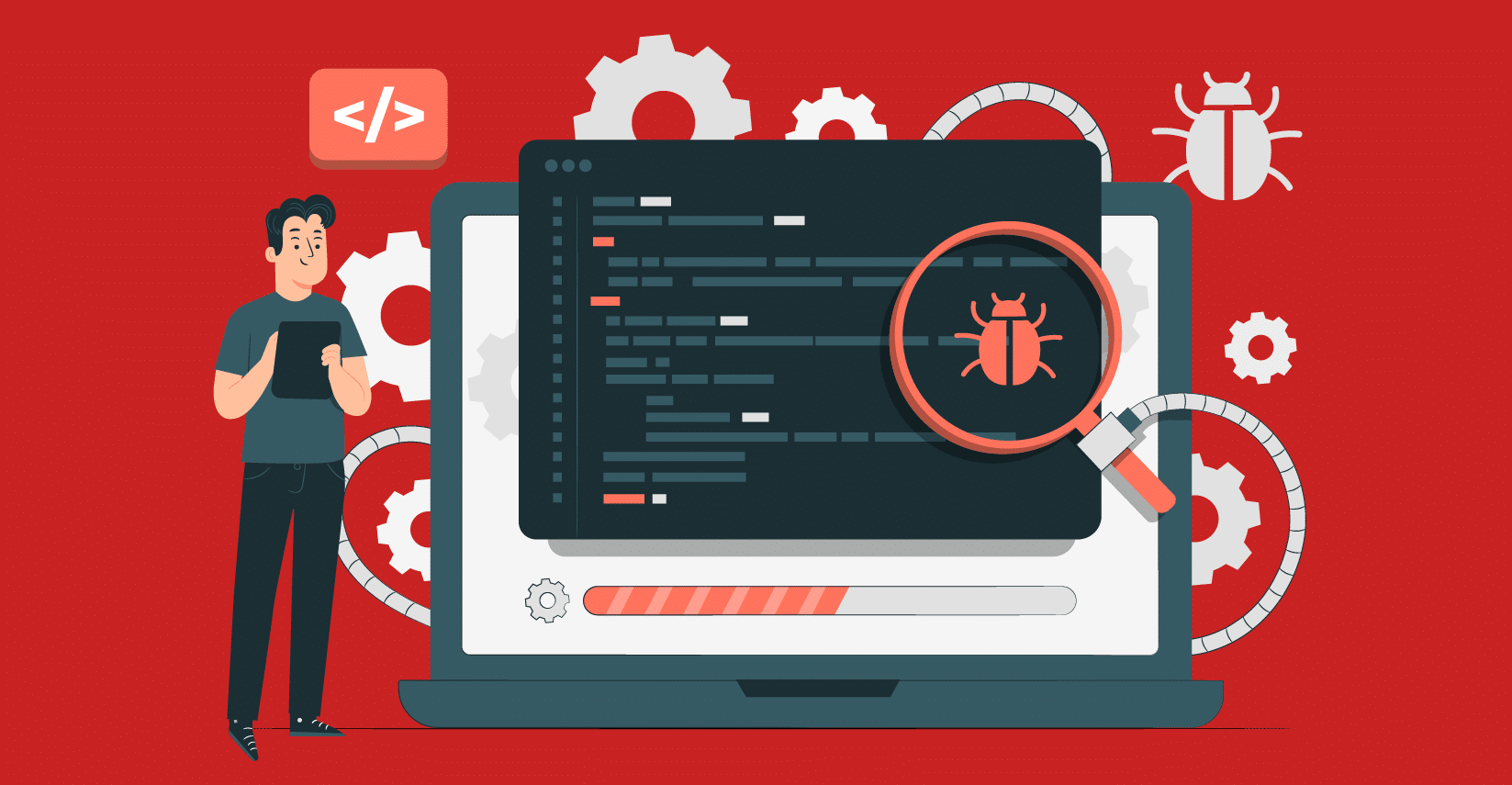QA teams cannot operate without bug tracking because this is one of the key processes in software testing and development. It helps detect glitches and work towards fixing them. At the same time, it can notice patterns and eradicate a reoccurring issue from its roots.
Manual bug tracking would be very tedious, which is why most developers now take advantage of bug tracking software.This makes defect-tracking a piece of cake, saving time and money in the process. To do it right, though, you need to find the strategies that work for your team.
In this article, we will take a look at several practices that can enhance the efficiency of your issue-tracking program.
Choose the Right Tools
One of the most important things you should consider in terms of bug tracking is selecting the perfect tool to help you. There are different features you should pay attention to and it involves a bit of research, but it’s all to your team’s long-term benefit.
Some factors you may want to pay attention to include customization options and integration abilities, as well as ease of use. Furthermore, you should pick an app with good reporting and analytics abilities.
Analyze the Effectiveness of Your Bug Tracking Process
To make sure you manage issues properly, you should always measure the effectiveness of your bug-tracking processes. This can improve the software development process.
In order to do this, you will have to check how good your chosen software is at addressing bugs. Pay attention to how long it takes to resolve bugs and whether some bugs keep coming back. Also, use analysis and feedback to make the bug-tracking process better.
Train Your Team Members
You should offer the right training to your team members, so they know how to effectively use your chosen bug-tracking program and your test management tool. If you want favorable results, then you must have people around you who know how to work with various automation apps and features – otherwise, it can all end in disaster. So, ensure that everyone understands the workflow and guidelines of these programs.
Prioritize Bugs Accordingly
Not all bugs are equal. Some are more dangerous than others and can cause more impactful damage to your project. So, when it comes to taking care of glitches, you must always prioritize them according to their impact and severity.
Think about how many people are affected by a certain defect and assess how much this bug influences the stability, security, and functionality of your product. Also, see how much of an impact the defect has on your business overall. If it affects your workflow and cash flow, then you should take care of it immediately.
Customization for Tailored Solutions
Not all projects are created equal, and neither should your bug tracking process be. This section emphasizes the importance of customization options in bug tracking tools. It delves into the advantages of tailoring your bug tracking process to align with the unique requirements of your project. From custom fields to workflow adjustments, the ability to mold your bug tracking tool ensures it seamlessly integrates into your team’s specific workflow.
Collaborative Bug Resolution
Effective collaboration is at the heart of successful bug resolution. This section explores strategies to enhance collaboration within your team using bug tracking software. It highlights features that promote real-time communication, issue assignment, and progress tracking. By fostering a collaborative environment, you not only expedite bug resolution but also cultivate a culture of shared responsibility and continuous improvement.
Automation in Bug Tracking
As technology evolves, automation becomes an indispensable aspect of bug tracking. This section sheds light on how automation can streamline the bug tracking process, from automated bug detection to automatic assignment and status updates. Integrating automation into your bug tracking strategy not only accelerates issue resolution but also minimizes the chances of human error, ensuring a more efficient and error-free bug tracking workflow.
Integration with Test Management Tools
A seamless integration between bug tracking and test management is crucial for comprehensive quality assurance. This section underscores the significance of selecting bug tracking tools that seamlessly integrate with test management tools. It explores how a cohesive bug tracking and test management ecosystem enhances traceability, facilitates comprehensive test coverage, and ensures a holistic approach to software quality.
Real-Time Reporting and Analytics
In the fast-paced realm of software development, timely insights are invaluable. This section focuses on the importance of real-time reporting and analytics in bug tracking. It discusses how robust reporting features empower teams to make informed decisions, identify trends, and proactively address potential challenges. By leveraging data-driven insights, your team can optimize bug tracking strategies and continually refine your software development processes.
User-Friendly Interfaces for Efficient Adoption
Even the most powerful bug tracking tools are ineffective if they are not user-friendly. This section highlights the significance of user-friendly interfaces in bug tracking software. It delves into how an intuitive interface enhances user adoption, reduces the learning curve, and promotes efficient utilization of bug tracking tools. A tool that is easy to navigate ensures that all team members, regardless of their technical expertise, can contribute effectively to the bug tracking process.
Scalability for Future Growth
As your projects evolve, so should your bug tracking strategy. This section emphasizes the need for scalability in bug tracking tools. It explores how scalable solutions accommodate the changing needs and expanding scope of your projects. Scalability ensures that your bug tracking processes remain efficient and effective as your team and projects grow, providing a foundation for sustained success in the dynamic landscape of software development.
Continuous Training and Skill Development
The field of software testing is dynamic, and continuous skill development is essential. This section focuses on the importance of ongoing training for your team members. It discusses how staying abreast of the latest trends, updates, and features in bug tracking tools and test management solutions ensures that your team maximizes the potential of these tools. Continuous training fosters a culture of adaptability and innovation, empowering your team to extract the most value from bug tracking processes.
The Bottom Line
By adopting a holistic approach and integrating best practices, your team can navigate the complexities of software testing with confidence, delivering high-quality products to satisfied customers.
When you are using bug-tracking software and test case management tool options, it’s crucial to implement the best strategies if you want to get the best outcomes. By doing so, you will be able to ensure customer satisfaction and more. Consider the practices presented here and you will not have any issues following your product’s release.


























